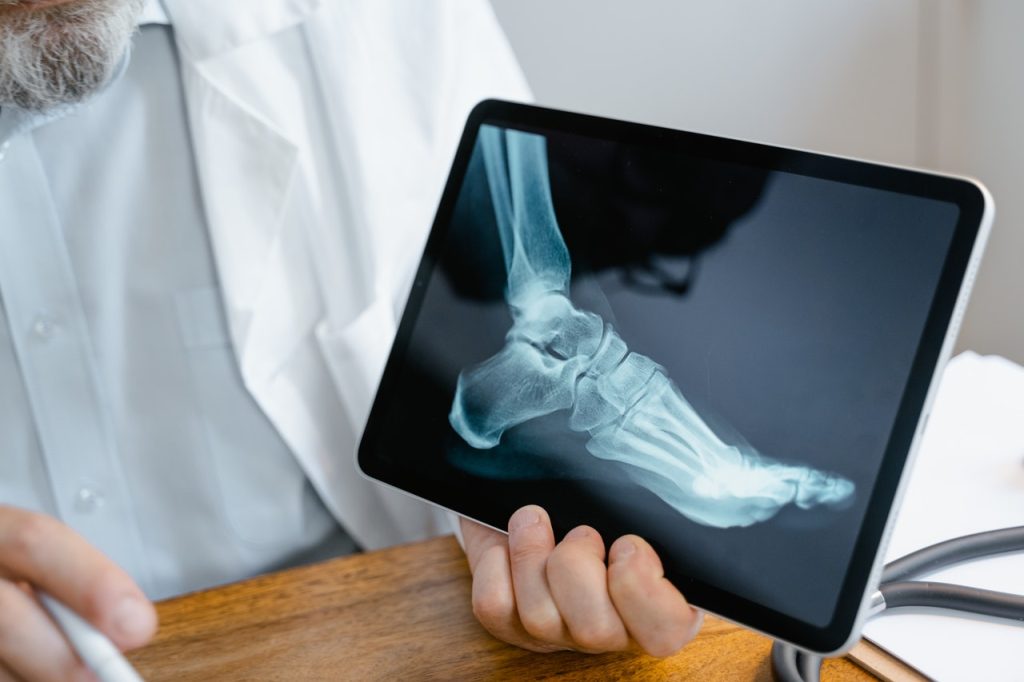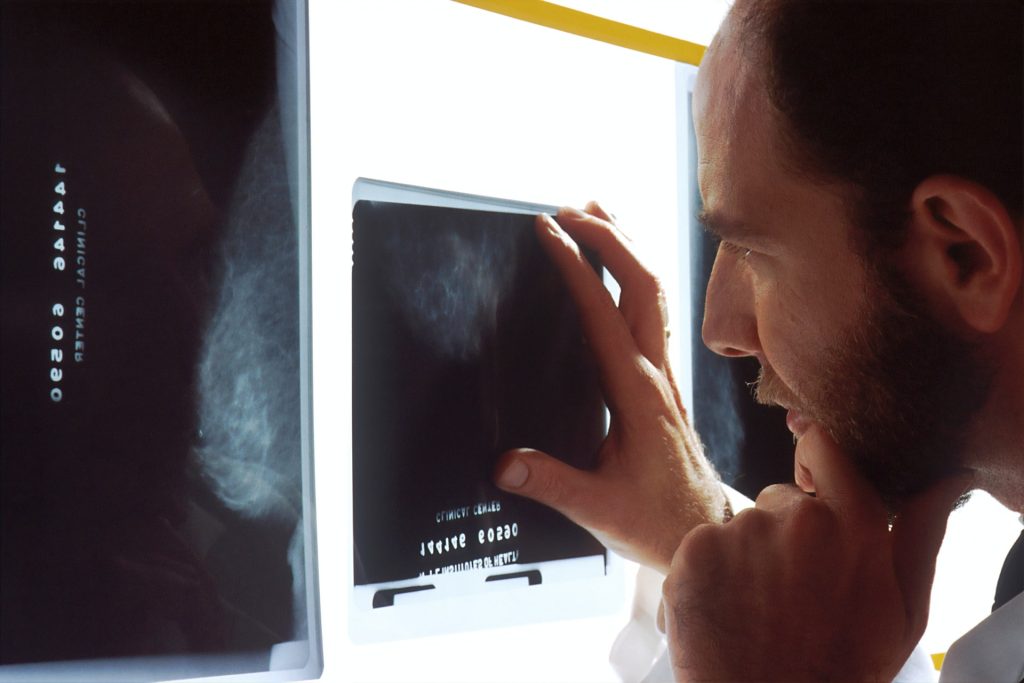For Reducing Health Risk Behaviours, Seeing is Believing

It is said that seeing is believing, and researchers have found that using patients’ own medical imaging such as CT scans may discourage risk-related behaviours more than non-visual information. The meta-analysis, which appears in PLOS Medicine, found that when patients see imaging results about their risk of disease, they may be more likely to reduce risky behaviours.
Modifiable behaviours such as smoking, poor diet and physical inactivity are linked to non-communicable disease. Encouraging behavioural changes can help reduce the global burden of such diseases, which account for two-thirds of deaths around the world. The investigators were interested to see whether the growing use of medical imaging technologies could help.
Gareth Hollands and University of Cambridge colleagues conducted a meta-analysis of 21 randomised controlled trials involving over 9000 adult participants. Participants were either shown visual examples of personalised risk information following an imaging procedure, such as computed tomography, ultrasound, or radiography, in addition to health information or advice, or they received health information or advice with no visual feedback. The trials reported on behaviours such as smoking, medication use and levels of physical activity.
The strongest evidence was for smoking reduction, a healthier diet, increased physical activity, and increased oral hygiene behaviours. Single studies also reported increased skin self-examination and foot care following visualised feedback. Improvement in other behaviours examined were not statistically significant. The authors conclude that the growth of medical imaging technology could be capitalised on to help people modify their lifestyles and reduce disease risk.
Hollands said: “Medical imaging scans are used ever more widely by healthcare professionals. By gathering together the existing research, this study suggests that showing the scan results to patients to highlight the state of their health could motivate them to behave in a healthier way.”
Source: Science Daily


